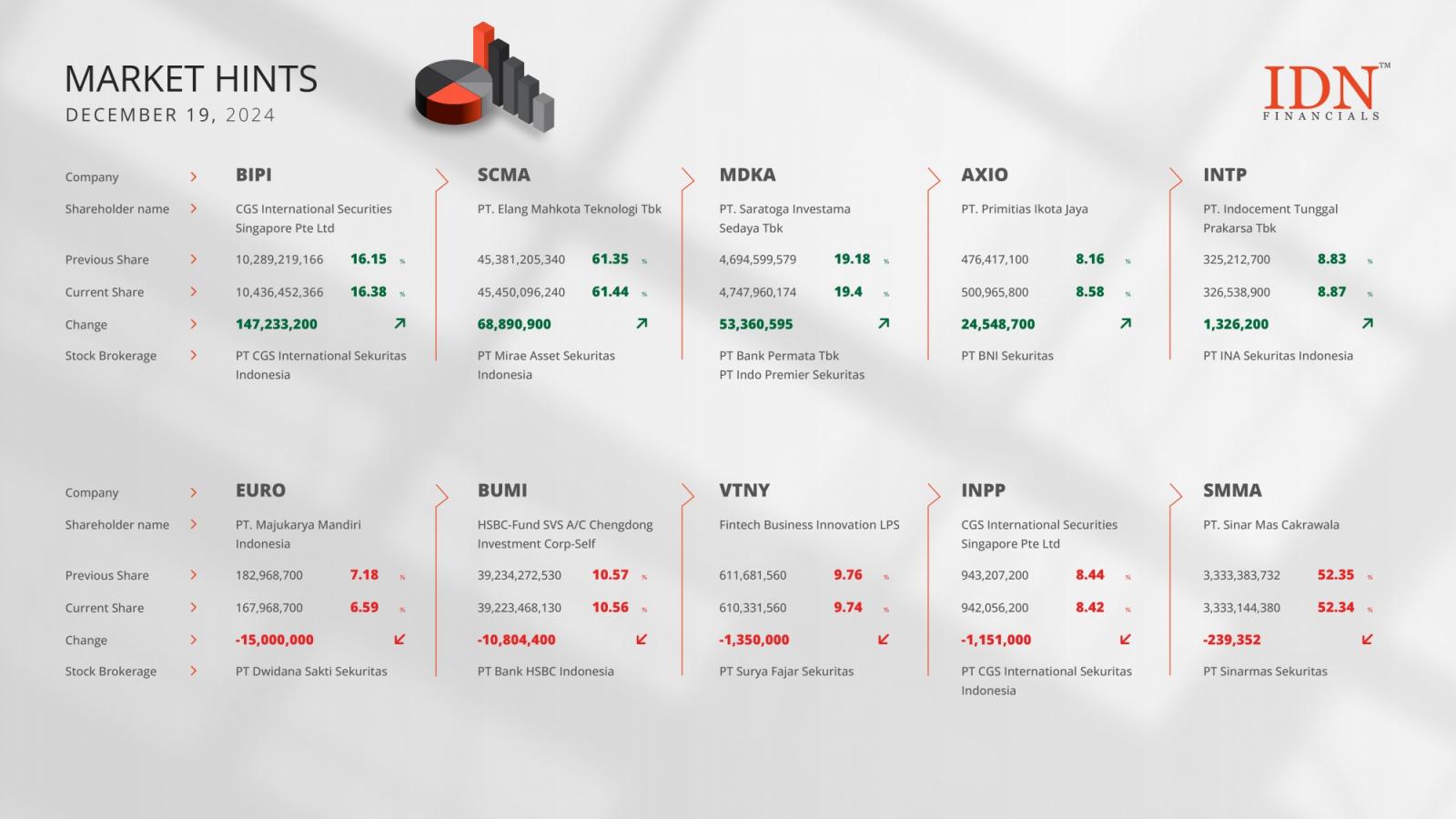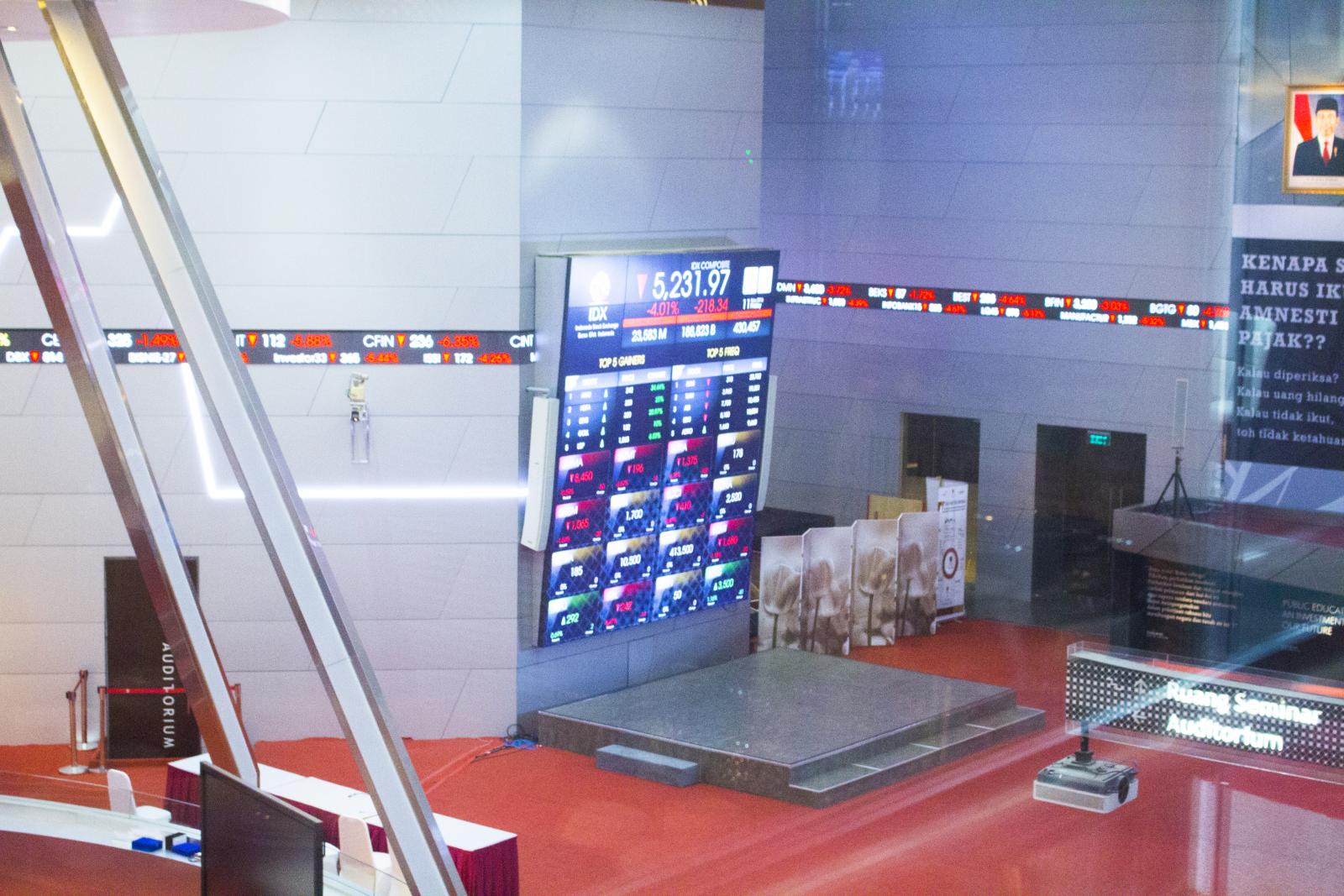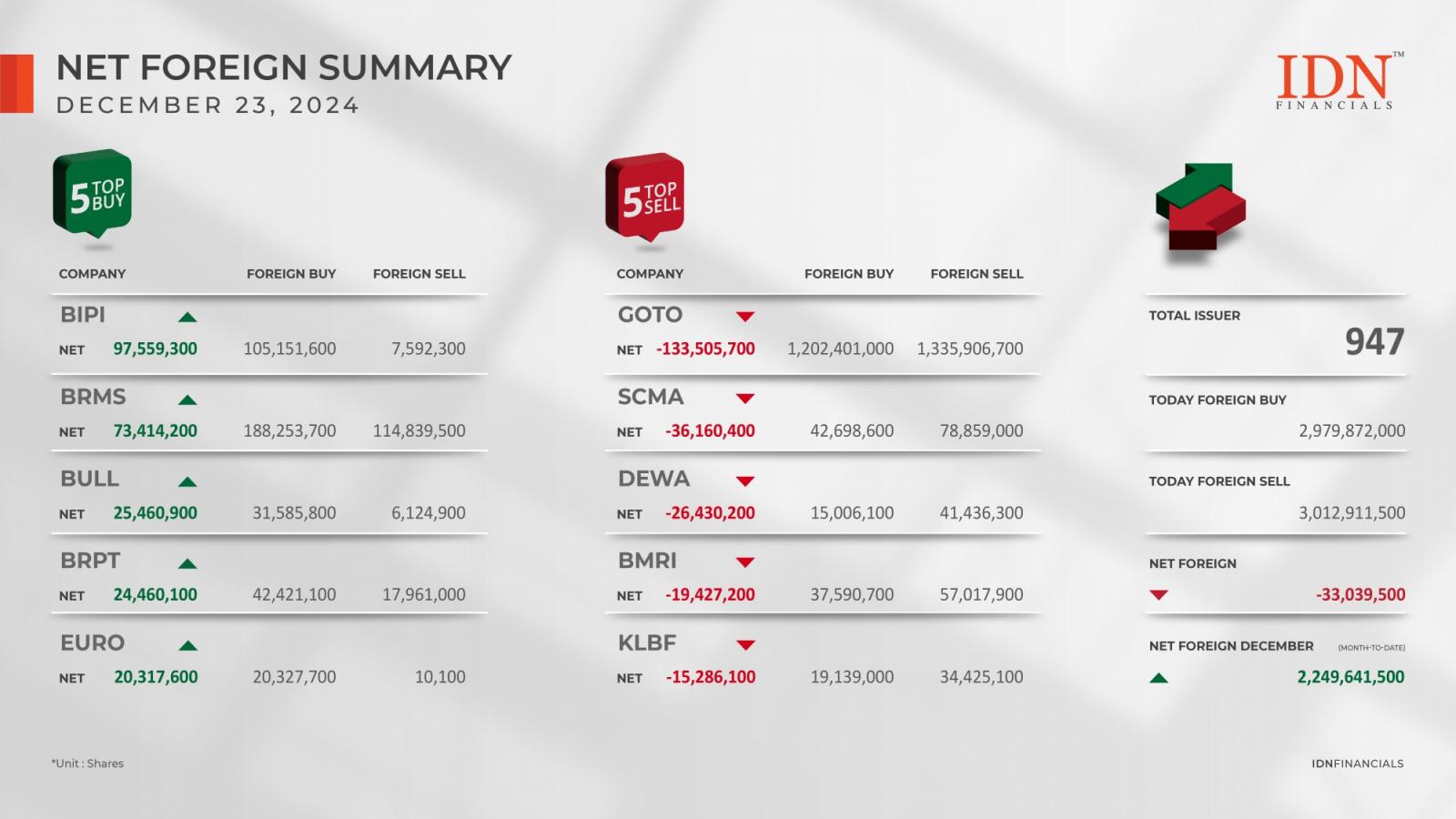
The U.S. dollar firmed up during the week ended October 11 amidst a weakening in expectations regarding the Feds monetary easing plans. Concerns about inflation and premature easing contained in the recent FOMC minutes as well as the lesser-than-expected progress on the inflation front helped the U.S. Dollar record gains against the euro, the British pound, the Australian dollar, the Japanese yen and the Canadian dollar. The greenback however weakened marginally against the Swedish krona and the Swiss franc.
The 6-currency Dollar Index or DXY added 0.36 percent during the week ended October 11. The Index which was at 102.52 on October 4 rallied over the course of the week to close at 102.89. The weeks trading range was slightly wider, with a low of 102.29 recorded on Tuesday and a high of 103.18 recorded on Thursday.
Waning rate cut expectations boosted the dollar during the past week. According to the CME FedWatch tool that tracks the expectations of interest rate traders, the probability of a rate cut of 25 basis points by the Fed in the review scheduled for early-November dropped to 89.5 percent on October 11 from 97.4 percent a week earlier. Consequently, expectations of a pause surged to 10.5 percent from 2.6 percent a week earlier.
The revelations regarding the deliberations at the previous FOMC swayed sentiment in favor of the greenback. Though the Federal Reserve had surprised with a 50-basis points rate cut, the decision to slash rates by 50 basis points was not unanimous and one member had dissented.
Governor Michelle. W. Bowman preferred to lower the federal funds rate by 25 basis points only, in the light of core inflation remaining well above the Committees objective, a labor market that was near full employment, and solid underlying growth. She felt that the Committees larger policy action could be seen as a premature declaration of victory on the price-stability part of the dual mandate.
Despite the broad consensus on the diminishing upside risks to inflation and the increasing downside risks to employment, participants emphasized that inflation remained somewhat elevated and expressed a strong commitment to bring inflation to the Committees 2 percent objective. The participants also agreed that labor market conditions were almost close to the Committees longer-run goal of maximum employment.
Close on the heels of the FOMC minutes, the Dollar was boosted by the hotter-than-expected consumer price inflation update. Data released by the U.S. Bureau of Labor Statistics on Thursday showed annual headline inflation in the U.S. edging down to 2.4 percent from 2.5 percent in August, missing market expectations of a reading of 2.3 percent. The core component thereof which was seen steady at 3.2 percent unexpectedly edged up to 3.3 percent. Month-on-month inflation which was seen edging down to 0.1 percent from 0.2 percent in the previous month unexpectedly remained steady at 0.2 percent. The core component thereof which was seen edging down to 0.2 percent from 0.3 percent in the previous month unexpectedly remained steady at 0.3 percent.
Meanwhile, weekly data released by the U.S. Department of Labor showed initial jobless claims rising to 258 thousand during the week ended October 5, from 225 thousand a week earlier. The level far exceeded market expectations of a level of 230 thousand and capped the Dollars gains.
The Dollars strength reduced further on Friday amidst flat producer price inflation data. Month-on-month producer price inflation was seen edging down to 0.1 percent from 0.2 percent previously.
The EUR/USD pair slipped 0.36 percent during the week ended October 11 amidst expectations of another rate cut by the ECB. The firm rate cut hints by the ECB contrasted with the caution sounded in the recent Fed minutes and the strong economic data from the U.S. that dragged down the euro and lifted the dollar. The pair slipped to 1.0937 from 1.0976 a week earlier. The weekly trading ranged between 1.0998 and 1.0900.
Bank of England Governor Andrew Baileys hints of aggressive rate cuts if inflation declined as expected caused the sterling to plunge 0.38 percent against the greenback during the week ended October 11. The GBP/USD pair declined to 1.3066 on October 11, from 1.3116 a week earlier. The sterlings weekly trading range was between $1.3136 and $1.3021. Data released on Friday had shown the U.K. economy expanded as expected by 0.2 percent in August versus stagnant growth in the previous period.
The Aussie also slipped against the Dollar amidst minutes of the Reserve Bank of Australia that showed an increasingly neutral stance. The minutes revealed that RBA discussed scenarios for both lowering and raising interest rates. The Australian Dollar slipped 0.65 percent against the greenback during the week spanning October 7 to 11. From the level of 0.6794 recorded on October 4, the AUD/USD pair dropped to 0.6750. The pair touched a high of 0.6813 on Monday and a low of 0.6707 on Wednesday.
The Japanese Yen slipped 0.28 percent against the U.S. Dollar amidst uncertainty over the monetary policy trajectory to be pursued by the Bank of Japan, given the perceived opposition from the political establishment. The pair increased to close at 149.13 on Friday versus 148.71 on October 4. The pair climbed from a low of 147.34 on Tuesday to a high of 149.56 on Thursday amidst market speculation about when BoJ would deliver the next rate hike.
Ahead of the Retail Sales update from the U.S. on Thursday, which is expected to show a rise, the Dollar Index has increased to 103.17. The EUR/USD pair has weakened to 1.0911 amidst expectations of another 25-basis points rate cut by the European Central Bank on Thursday. The GBP/USD pair has decreased to 1.3047 ahead of Wednesdays inflation update which is expected to show consumer price inflation easing to 1.9 percent. The AUD/USD pair has also slipped to touch 0.6715. Amidst anxiety ahead of inflation data from Japan on Thursday, the USD/JPY pair has increased further to 149.67.





